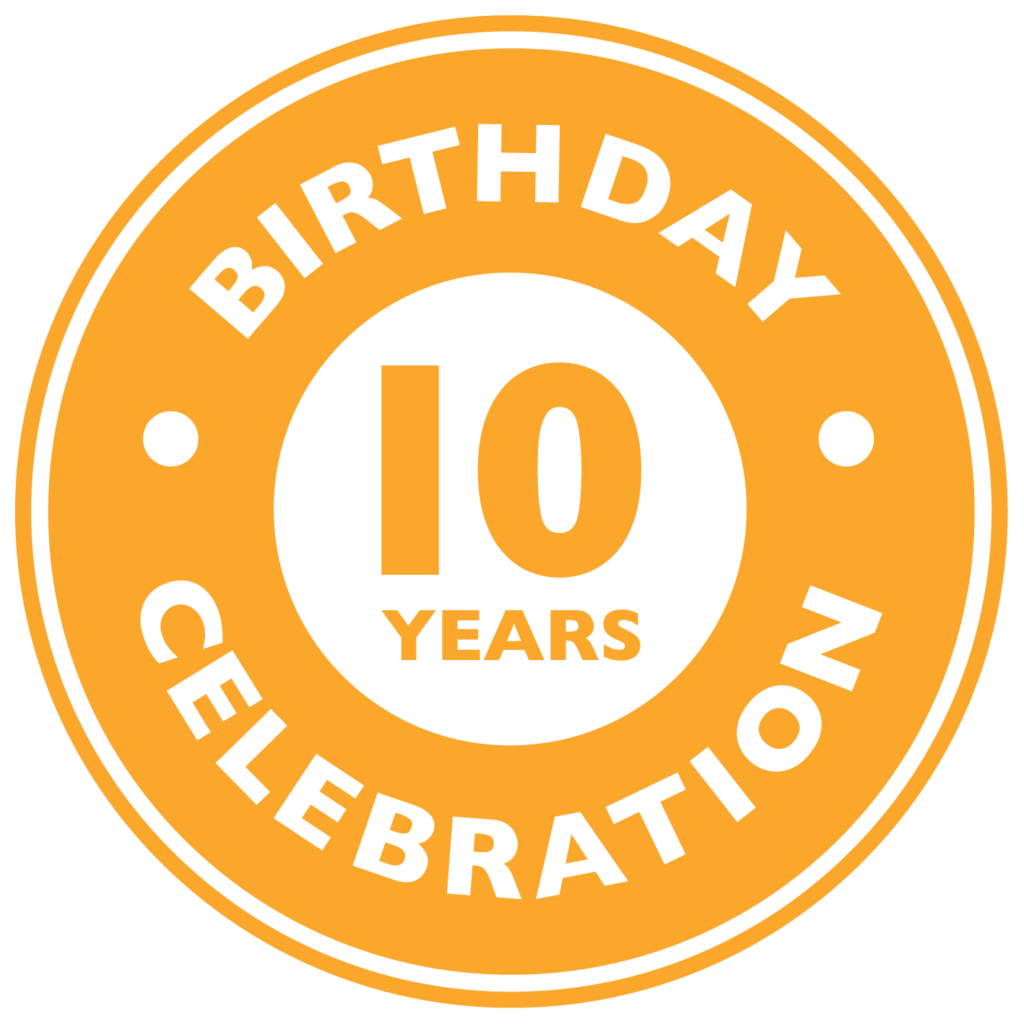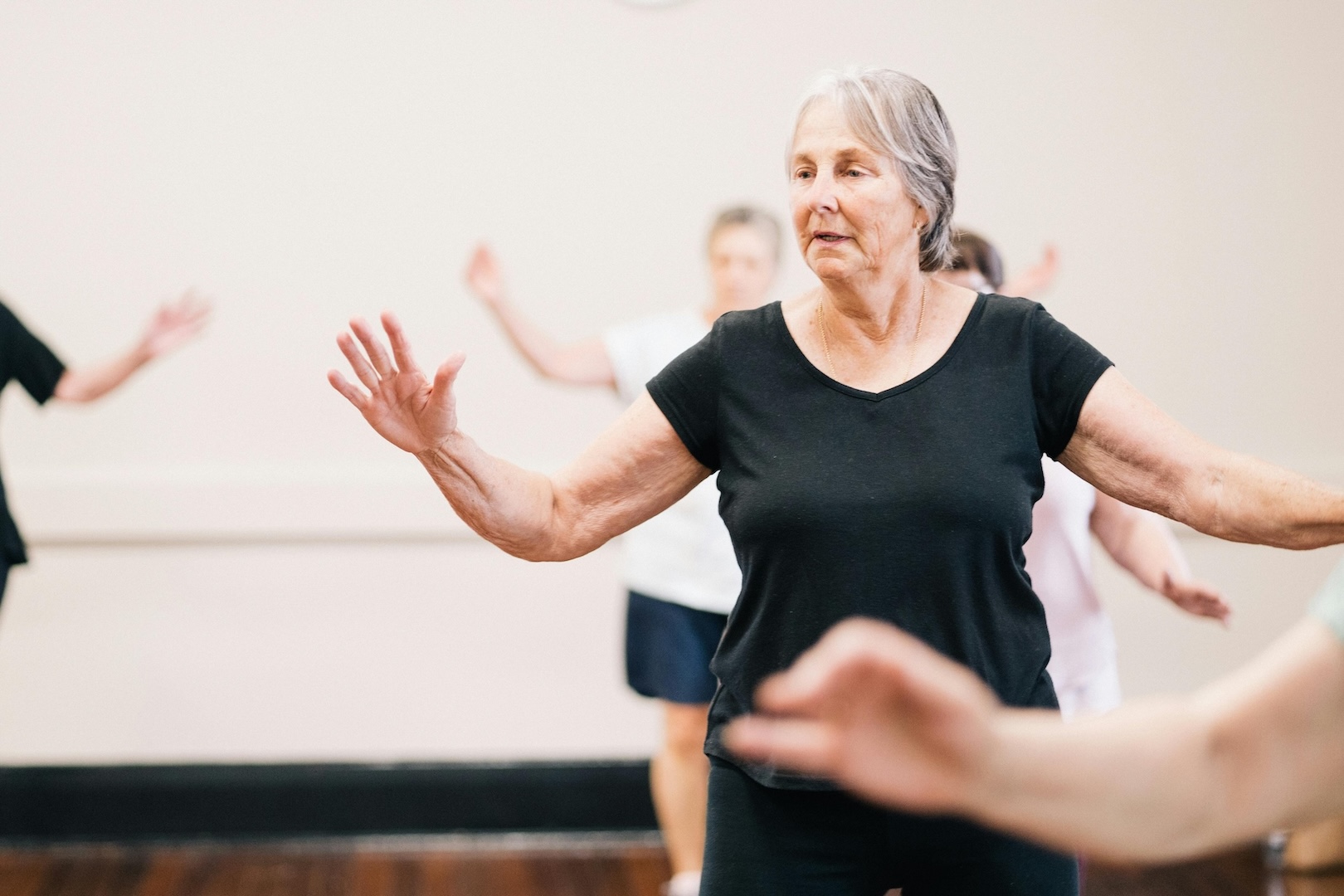What is Charcot-Marie-Tooth Disease?
Charcot-Marie-Tooth Disease (CMT) is used to describe a range of various inherited genetic disorders that affect the peripheral nervous system – the nerves that stretch from our spine to the distal parts of our body and control movement and sensation.
Who discovered Charcot-Marie-Tooth?
CMT takes its name from the three doctors who first recognised the disorder in 1886: Jean-Marie Charcot; Pierre Marie from France; and Howard Henry Tooth from the United Kingdom.
How rare is Charcot-Marie-Tooth?
It is believed that one in every 2500 Australians are affected by CMT.
What are Charcot-Marie-Tooth symptoms?
For people with CMT, the nerves of the arms and legs don’t work as they should which leads to wasting of the muscles that are served by those nerves. The more distant muscle groups such as the feet, legs and hands are often most affected. Over time, they become weaker and harder to control.
The symptoms of Charcot-Marie-Tooth vary considerably between people who have the disease. Some people may only have minor symptoms such as reduced sensation in the limbs, whereas others may be incapacitated and require a wheelchair for moving about.
The onset of symptoms usually occurs in childhood or during the teenage years, however, triggers of the disease can occur later in life as well. The legs are most commonly affected first.
Is Charcot-Marie-Tooth progressive?
Symptoms of CMT are progressive and can include:
- weakness in the muscles of the hands and feet.
- ankle weakness, with ‘rolling-over’ – this is a common early symptom. Later, the person loses the ability to bend their foot upward
- handgrip is affected – it may become difficult to do things like open screw-top jars or turn taps
- high foot arches (this is known as ‘pes cavus’) and clawed toes
- high-stepping gait and ‘slapping’ of the feet on the floor while walking
- muscle wasting in the legs and arms
- poor balance and occasional falls
- loss of sensation, such as reduced ability to feel pain in the feet and hands
- scoliosis (abnormal sideways curvature of the spine) in some cases.
Charcot-Marie-Tooth Therapy
Treatment generally focuses on addressing the symptoms and helping people with CMT maintain their independence and quality of life as best as possible.
Treatment may include occupational therapy as well as physiotherapy approaches such as massage, muscle strength training, regular stretching and low impact activities such as swimming. Further options can include braces, orthotics or specially designed orthopaedic shoes. Together these focus on improving function, gait stability and providing support to weakened arms or legs.
Need to know more?
If you are needing assistance with CMT, our experienced Occupational Therapists, Physiotherapists and Podiatrists are here to help. Contact us today to discuss your situation and needs via email at admin@ssrg.com.au or you can call us on 1300 729 190 and we will be happy to help!




